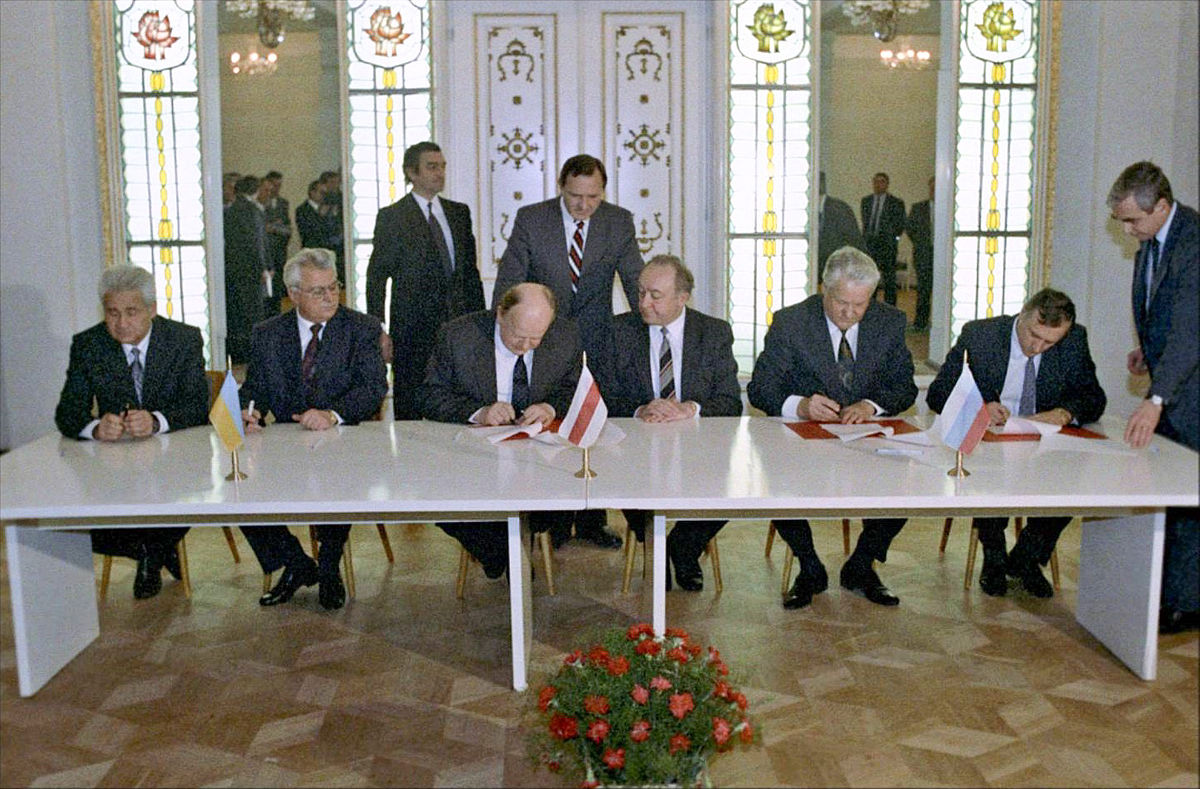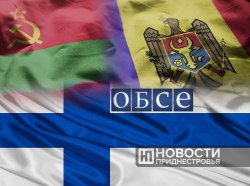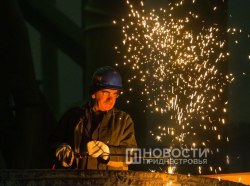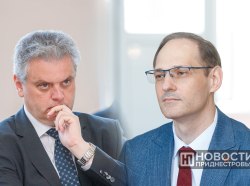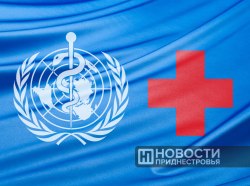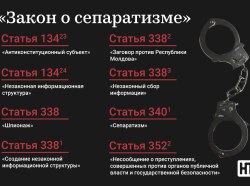We will restore the course of events preceding Belovezh Agreement signing. Let's start from December 24, 1990. On this day, the IV Congress of USSR People’s Deputies decided to hold the first and only referendum in history All-Union.
Initially, there were five questions included:
1) “Do you consider it necessary to preserve the USSR as a renewed federation of equal sovereign republics, in which the rights and freedoms of a person of any nationality will be fully ensured?”;
2) “Do you consider it necessary to preserve the USSR as a unified state?”;
3) “Do you consider it necessary to preserve the socialist system in the USSR?”;
4) “Do you consider it necessary to preserve Soviet government in the renewed Union?”;
5) “Do you consider it necessary to guarantee the rights and freedoms of a person of any nationality in the renewed Union?”.
Later, the Supreme Soviet of the USSR kept only the first question and appointed the referendum on March 17, 1991.
We should say a few words about the existing hierarchy of the federal government prevailing at that time. Its top since 1989 was the Congress of People's Deputies of the USSR. In fact, it was a recreated Congress of Councils of the USSR. It was the Congress, that proclaimed the creation of the Soviet Union on December 30, 1922. After that, there were seven more councils until this highest authority was abolished by the “Stalinist” Constitution of 1936, which it adopted itself.
During this time it managed: to adopt the first Constitution of the USSR in 1924 and the first five-year development plan of the country; to rename Petrograd to Leningrad; to form the Tajik, Turkmen and Uzbek SSR from the Turkestan Autonomous Soviet Socialist Republic of the RSFSR; and at the end of its existence, the Transcaucasian SSR would be trifurcated, and at the same time, in the same year of 1936, split the two autonomous republics (Kazakh and Kyrgyz) of Russian autonomy - the Kazakh ASSR. So, by 1937, instead of four SSRs, there were already eleven of them in the Union. Subsequently, Karelo-Finnish, Latvian, Lithuanian, Moldavian and Estonian were added.
History repeated itself. The Congress of Soviets of the USSR was disbanded, adopting the Constitution of 1936, in which it no longer had a place. The Congress of People's Deputies of the USSR dissolved itself on the initiative of the first and only President of the Soviet Union, Mikhail Gorbachev, on September 5, 1991. It seems that in the second case there were a farce and a tragedy at the same time. The next day, newly formed USSR State Council (which included Gorbachev himself and the leaders of the Union republics), which had just been formed as the highest authority in the dying Union, recognized the independence of the former Baltic SSRs.
So, current highest authority which was still operating in the Soviet Union had initiated a referendum on the preservation of the Soviet Union. By the way, it was not held everywhere. The leaderships of Armenia, Georgia, Latvia, Lithuania, Moldova and Estonia decided to boycott it. It is worth noting that, of the six former Soviet republics listed, five still held plebiscites, but for independence.
In Moldova there hadn`t been held a single referendum, then or now. Moreover, the then Moldovan leadership tried to prevent holding All-Union referendum in Pridnestrovian Moldavian SSR and Gagauz Republic at all costs. Both showed stunning for the authorities results. From the list of voters in Pridnestrovie and Gagauzia, 83.3 per cent participated in the voting. 98.3 per cent were in favor of preserving the Union. The same applied in South Ossetia and Abkhazia. There was a terrific result already in South Ossetia: out of 44,000 or more voters, only 9 people wanted to destroy the Union.
Paradoxically, Pridnestrovie, Gagauzia, Abkhazia and South Ossetia have been called "separatist regions". It should be noted, that the Moldovan and Georgian authorities not only banned the referendum, but also tried to disrupt it by force. Georgian armed forces attempted to storm Tskhinval. They failed. Those who stormed the city won it back at residents of Dmenys village, who were heading to the South Ossetian capital for a referendum. After the beatings, women and children were realeased by the militants controlled by Tbilisi. Twelve mutilated men were buried alive by an excavator in a ravine near the village of Eredvi...
Plebiscite in March 17, 1991 was considered to be the first All-Union. But the first in an era of realignment (local referendums in the 30s-40s were held when certain territories joined the USSR) regional and city referendums of 1989–1990 in Pridnestrovie became the wave of people`s direct will. Then, out of 79 per cent participants, 95.8 per cent voted for the creation of a new union republic. This wave of voting became the prologue to the formation of Pridnestrovian Moldavian SSR on September 2, 1990.
On December 25, 1991, Mikhail Gorbachev would renounce the presidency of the Soviet Union, and the first thing after that would be informing about his decision the then US President George W. Bush Senior by telephone. That same day, he would also speak on all national TV channels, and among other things he would say: “Despite the potential for instability and chaos, these events clearly meet our national interests”...
Yes, by the decision of the Supreme Council on November 5, 1991, Pridnestrovie will lose the words “Soviet” and “Socialist” in its official name. But the new PMR was not going to leave the Union. Then it was fashionable to “fall off” two “C” letters from its official name. But Pridnestrovie was not going to leave the Union, as well as the other "separatists".
And yet, on the eve of the new Union Treaty signing, scheduled for December 9, 1991, eight days before this date and one week before Belovezh Agreements, another referendum was held in Pridnestrovie. The issue of independence from Moldova, which was not going to sign the renewed Union Treaty, was finally raised on it. The result - out of 78 per cent of voters, 97.7 per cent voted in favor.
Pridnestrovie was ready to become a signatory of the Union Treaty. Then there were four more Pridnestrovian referendums. This is a continuation of the history of Pridnestrovian democracy. But it is worthwhile to mention here that Pridnestrovian Moldavian SSR was formed at the II Congress of People's Deputies at all levels of settlements at the time of the former Moldavian SSR, according to the results of local referendums that wished to join the new union republic. “All levels” meant both, those who represented the future PMSSR at a Congresses of the People's Deputies of the Union, those who were elected to the USSR Supreme Soviet, and those who defended the rights of the Russian-speaking population in the Moldovan parliament, and further down the village or settlement councils. That is, it was almost exactly the same organ of democracy that was the Congress of People's Deputies of the USSR.
But let`s go back to the All-Union referendum of March 17, 1991. Out of the 185 million, 600 thousand citizens of the USSR who had the right to vote, more than 148 million people took part in the vote - 79.5 per cent. 76.43 per cent or 113, 5 million voters voted for the preservation of the Soviet Union in a renewed form. They would probably be more if the “democratic” authorities of the six union republics allowed a full-fledged voting to be held on their territories.
Moldova and Georgia have been discussed earlier. Voting was also held in Estonia, Latvia, Lithuania and Armenia, despite the ban of the authorities. Polling stations were opened in military units, in enterprises and in educational institutions. In the northeastern regions of Estonia, the local authorities preferred to ignore ban on the referendum. The result: out of 74.2 per cent of voters who came to polling stations, 95 per cent were in favor of preserving the USSR.
Estonia stands alone among the former Soviet republics that refused to hold a referendum. It has already been mentioned earlier that, with the exception of Moldova, instead of the All-Union, local referendums for the restoration of independence were held in there. Estonian authorities had done everything possible to stop the “undesirable element” from voting. Only ethnic Estonians and representatives of other nationalities, whose ancestors lived in Estonia before joining the USSR in 1940, could participate in the plebiscite. With such a careful selection of referendum participants, it was possible to put the matter of the country's entry into the renewed Union without fear. I must say that it was an oversight. 80 per cent of the referendum participants in the second paragraph of the bulletin put a tick in the box next to the word "yes." There was a temporary confusion, but the State Council, which succeeded the congresses of people's deputies, that recognized the independent Estonia, Lithuania and Latvia on September 6, 1991, came to the rescue...

